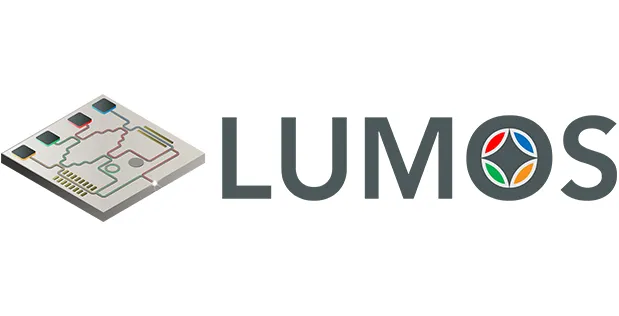Summary
Lasers have made a tremendous impact on our world – they are essential to diverse fields such as optical communications, remote sensing, manufacturing, and medicine.
At the same time, photonic integrated circuits have allowed unprecedented advances in optical systems for Department of Defense (DoD) applications, including LiDAR, signal processing, chip-scale optical clocks, gyros, and data transmission.
However, these two technologies today are limited by the incompatibility of the materials used to create them – silicon photonics are easy to manufacture but are poor light emitters while compound semiconductors enable efficient emitters but are difficult to scale for complex integrated circuits.
The Lasers for Universal Microscale Optical Systems (LUMOS) program aims to bring high performance lasers and amplifiers to manufacturable photonics platforms through heterogeneous integration of diverse materials.
LUMOS seeks to develop integrated photonics technology along three vectors: scaling complexity, scaling power, and scaling spectrum. To achieve improved scaling in complexity, LUMOS seeks to integrate thousands of lasers and amplifiers with highly complex photonic integrated circuits for applications such as compact optical phased array LiDAR and neuromorphic optical computing.
To achieve power scaling, LUMOS will aim to develop Watt-class lasers on a low-loss, high-speed photonics platform for radio frequency (RF) and microwave applications.
For scaling across the spectrum, LUMOS aims to create photonic circuits with integrated lasers operating across the visible spectrum with a wavelength-by-design methodology to enable atomic microsystems for positioning, navigation, and timing applications, as well as compact quantum sensors and information processing systems.

